#neanderthals
Text
The thing is that the portrayal of Neanderthals as having been inherently grotesque and alien to H. sapiens is something we will never have proof of. But we do have proof that, in different locations and in different populations across time, we all found eachother desirable. We saw eachother and wanted to touch. And the offspring were held by their mothers and raised and had their own offspring in turn.
When you look for the first proof that H. sapiens found Neanderthals repulsive, you have to wait until the Victorian era, when the white masters of empires were busy portraying Neanderthals as stupid, brutish, and (of course) dark-skinned.
In more modern times, we’ve had people arguing that instead of seeing Neanderthals as Benighted Savages, they should instead be seen as Noble Savages, (allegedly) cruelly destroyed and driven from their lands by H. sapiens. Which one of their two you believe says more about your modern political views than it does about ancient H. sapiens.
And, whether we construct Neanderthals as Savage or Noble Savage, the fundamental assumption we project into the unfathomably distant past is still that H. sapiens saw Neanderthals as an Other, with the language we use being almost explicitly that of modern racial dynamics.
But we have no proof of any of that. We have no proof of hostilities. We know we co-existed and we had sex. That’s it.
Humans obviously have sex with some humans and kill others. We also know that, when small groups of humans occupy vast spaces with infrequent contact with others, unique cultures will always form, some more hospitable, some more neophobic/xenophobic. But many cultures of small settlements placed among huge unpeopled landscapes place supreme emphasis on hospitality to strangers. Plus, we fucking love other social animals, as evidenced by how we befriended wolves.
I’m a humourless weirdo and a wet blanket about popular constructions of Neanderthals as “monstrous”, and I freely admit it. But that’s because it’s tied up in legacies of imperialism. Not only that, but it also privileges one culture (yours, mine, modernity’s) as being most human by implicitly assuming we can project it onto people in the past. Since you don’t pretend that all global cultures share exact same values as you do, it doesn’t take more than a few moments’ reflection to realise you can’t do that to the past.
26K notes
·
View notes
Text

Homo Sapiens boy together again with his Neanderthal girl on the first warm day of Spring
#art#neanderthals#paleoart#prehistory#love#likes and reblogs are super appreciated!! i worked so hard on this#look out for the print!!
10K notes
·
View notes
Text
1st known tuberculosis cases in Neanderthals revealed in prehistoric bone anaylsis
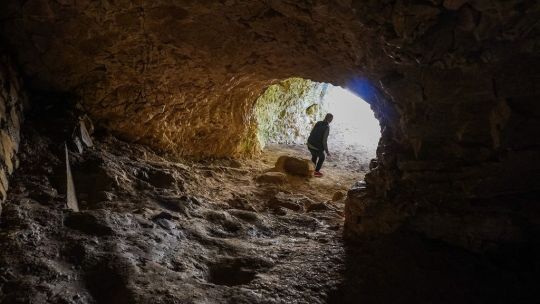
Neanderthals living in Central Europe around 35,000 years ago suffered from tuberculosis (TB), a new DNA analysis of their bones reveals. This is the first time this disease has been identified in Neanderthals, raising questions about whether tuberculosis contributed to their extinction.
In two research studies published in the journal Tuberculosis in December 2023, one international team of researchers reanalyzed the skeletal remains of two Neanderthals discovered in a cave in Hungary in 1932 and another tested them for Mycobacterium tuberculosis, the bacterium that causes TB.
Subalyuk Cave, located in the Bükk Mountains of northern Hungary, was used for shelter by animals and humans numerous times over the centuries and is considered an extremely important Middle to Late Paleolithic site. Read more.
707 notes
·
View notes
Text
Time Travel Question: Winner's Match Up 10
These Questions are the winners from the previous iteration.
Please add new suggestions below, if you have them, for future consideration.
104 notes
·
View notes
Text

#science#space#comet#comets#comet c/2022 e3 ztf#c/2022 e3 (ztf)#c / 2022 e3 (ztf)#nasa#astronomy#astrophysics#stars#history#neanderthal#neanderthals#homo sapiens#shooting star#space meme#meme#my post
843 notes
·
View notes
Text


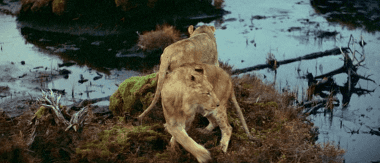


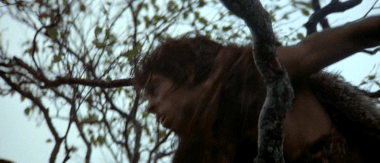




Quest for Fire (1981)
#quest for fire gif#jean-jacques annaud#ron perlman#nameer el-kadi#everett mcgill#80s fantasy movies#saber tooth tiger#neanderthals#smilodon#prehistory#paleolithic#1980s#1981#gif#chronoscaph gif
103 notes
·
View notes
Text
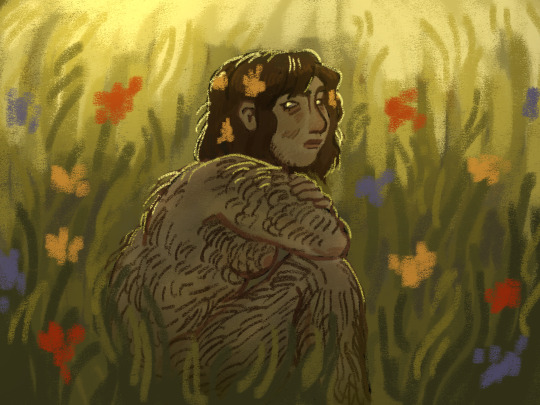

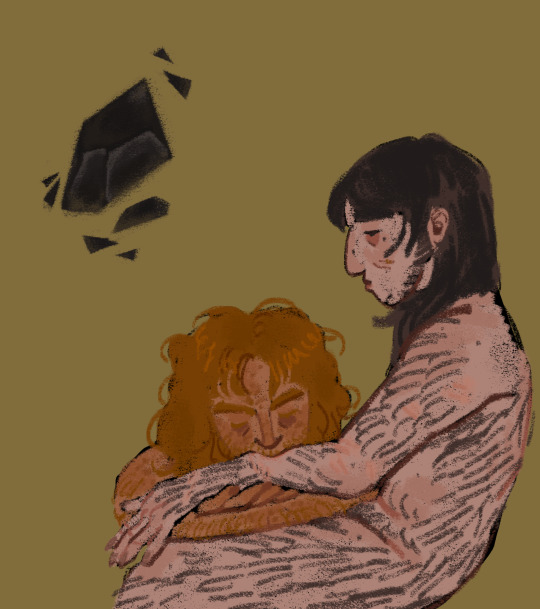
nyanderthal au
snake used to make obsidian spear tips in his ex-clan. his arms were covered by small shards of obisidan, stucked under the skin.
#drawing#art#illustration#pathologic#artists on tumblr#sketch#digital illustration#digital art#daniil dankovsky#artemy burakh#clara saburova#burakhovsky#burda#neanderthal#neanderthals#артемий бурах#даниил данковский#клара сабурова#бакаруспик#клара самозванка#мор утопия
99 notes
·
View notes
Text

#reddit aint too bad sometimes#anthropology#memes#biology#science#ussy#human history#evolution#human evolution#evolutionary biology#paleoanthropology#paleontology#homo neanderthalensis#neanderthal man#neanderthals#homo sapiens#history
336 notes
·
View notes
Link
Hominids crossed the Mediterranean Sea much earlier than previously thought — before even Homo sapiens first appeared — which means these ancient humans must have learned how to sail nearly half a million years ago. The study prompts a shocking re-evaluation of an activity and a technology that seemed distinctly human.
[...]
New research in the journal Quaternary International may shift the historical record significantly for when hominids, a group that includes primates including humans and our close relatives, first started sailing the sea north of Africa.
797 notes
·
View notes
Text
New evidence from Grotte Mandrin in France indicates humans were using the bow and arrow thousands of years earlier than known, 40,000 years earlier, in fact!
443 notes
·
View notes
Text
Early risers might have Neanderthal DNA to thank for their morning habits, an early study suggests.
An analysis found genes passed on by Neanderthals and Denisovans, two ancient cousins of modern-day humans, may help make some of us morning people.
"This was really exciting to us, and not expected," Tony Capra at the University of California, San Francisco, told New Scientist.
Continue Reading.
90 notes
·
View notes
Text
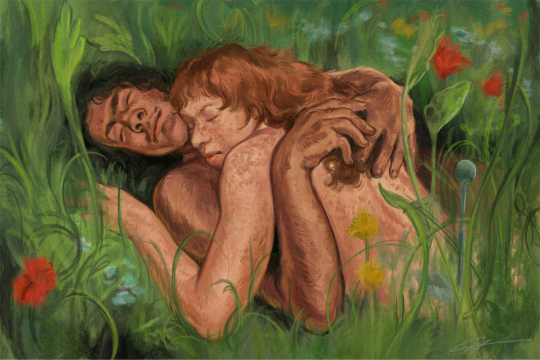
Sapien boy and neanderthal girl doze in the springtime, finally together again
#art#neanderthals#homo sapiens#love#spring#artists on tumblr#ancient human love...spring time...#likes and reblogs are super appreciated :'0)
18K notes
·
View notes
Text
Proof that Neanderthals ate crabs is another 'nail in the coffin' for primitive cave dweller stereotypes
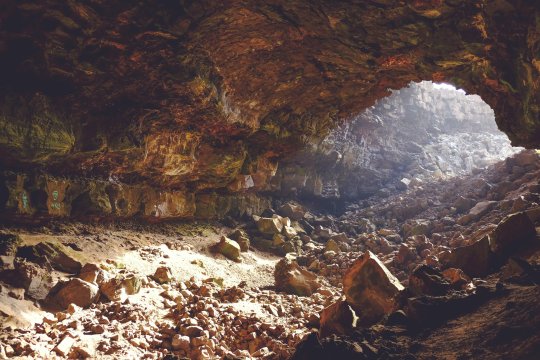
In a cave just south of Lisbon, archaeological deposits conceal a Paleolithic dinner menu. As well as stone tools and charcoal, the site of Gruta de Figueira Brava contains rich deposits of shells and bones with much to tell us about the Neanderthals that lived there—especially about their meals. A study published in Frontiers in Environmental Archaeology shows that 90,000 years ago, these Neanderthals were cooking and eating crabs.
"At the end of the Last Interglacial, Neanderthals regularly harvested large brown crabs," said Dr. Mariana Nabais of the Catalan Institute of Human Paleoecology and Social Evolution (IPHES-CERCA), lead author of the study. "They were taking them in pools of the nearby rocky coast, targeting adult animals with an average carapace width of 16cm. The animals were brought whole to the cave, where they were roasted on coals and then eaten." Read more.
496 notes
·
View notes
Photo

For this week's episode of Eons: remains of a male Neanderthal were found in a cave in Kurdistan, known as Shanidar, along with several other specimens. Their condition suggests these may have been deliberate mortuary practices - so did Neanderthals bury their dead?
Watch the video here.
Patreon • Ko-fi • Facebook • Twitter • Prints & Merch
436 notes
·
View notes
Text
Time Travel Question 11: Ancient History IV and Earlier
These Questions are the result of suggestions from the previous iteration.
This category is for suggestions made too late to fall into the correct grouping.
Please add new suggestions for this category below if you have them for future consideration.
#Time Travel#Bruniquel Cave#Neanderthals#Cueva de las Manos#The Cahokia Mounds Culture#Pre-Black Sea Cultures#Linear B#Indus Script#Nemetona#Sarcosuchus#Zhou Dynasty#Stonehenge
189 notes
·
View notes